NSF announced Graduate Research Fellowship Program winner Andy Boyle
NSF just announced their Graduate Research Fellowship Program award winners and we are pleased to announce Andy Boyle received a fellowship award. This five-year fellowship includes three years of financial support as well as a cost of education allowance. Andy is … Read more

